Affiliate links on Android Authority may earn us a commission. Learn more.
What is RAM and how does it work? Everything you need to know
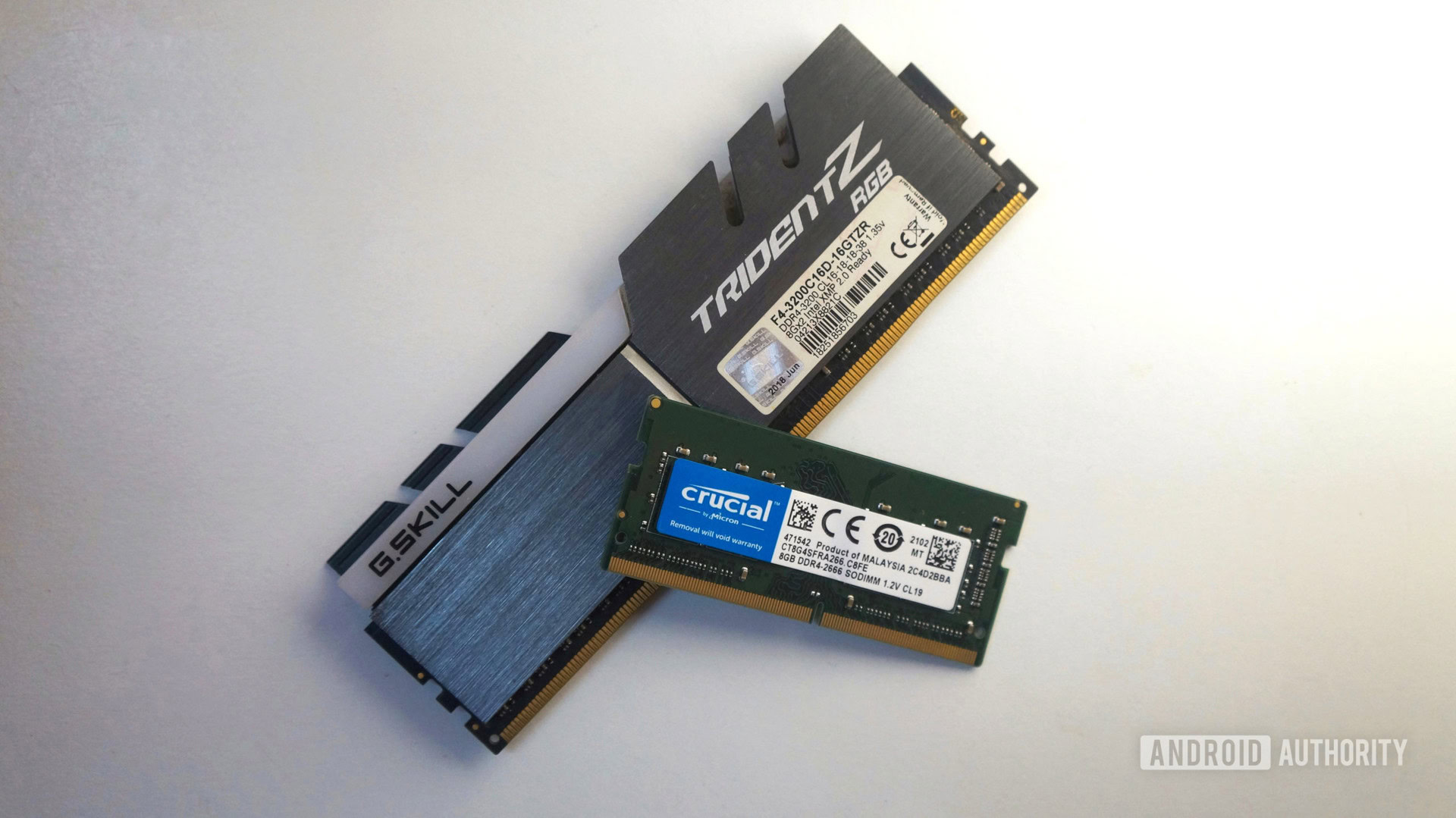
Whether you’re in the market for a new laptop or smartphone, the amount of RAM is often a key specification and differentiating factor between similar devices.
RAM is where your computer stores and retrieves opened programs, documents, browser tabs, and anything else required for the operating system to function. To that end, RAM is best described as a computer’s temporary memory, which can be read and written to extremely quickly. By contrast, hard disks or flash memory devices are designed for slower, long-term data storage instead.
See also: The best phones with 12GB of RAM
What is RAM and how does it work?
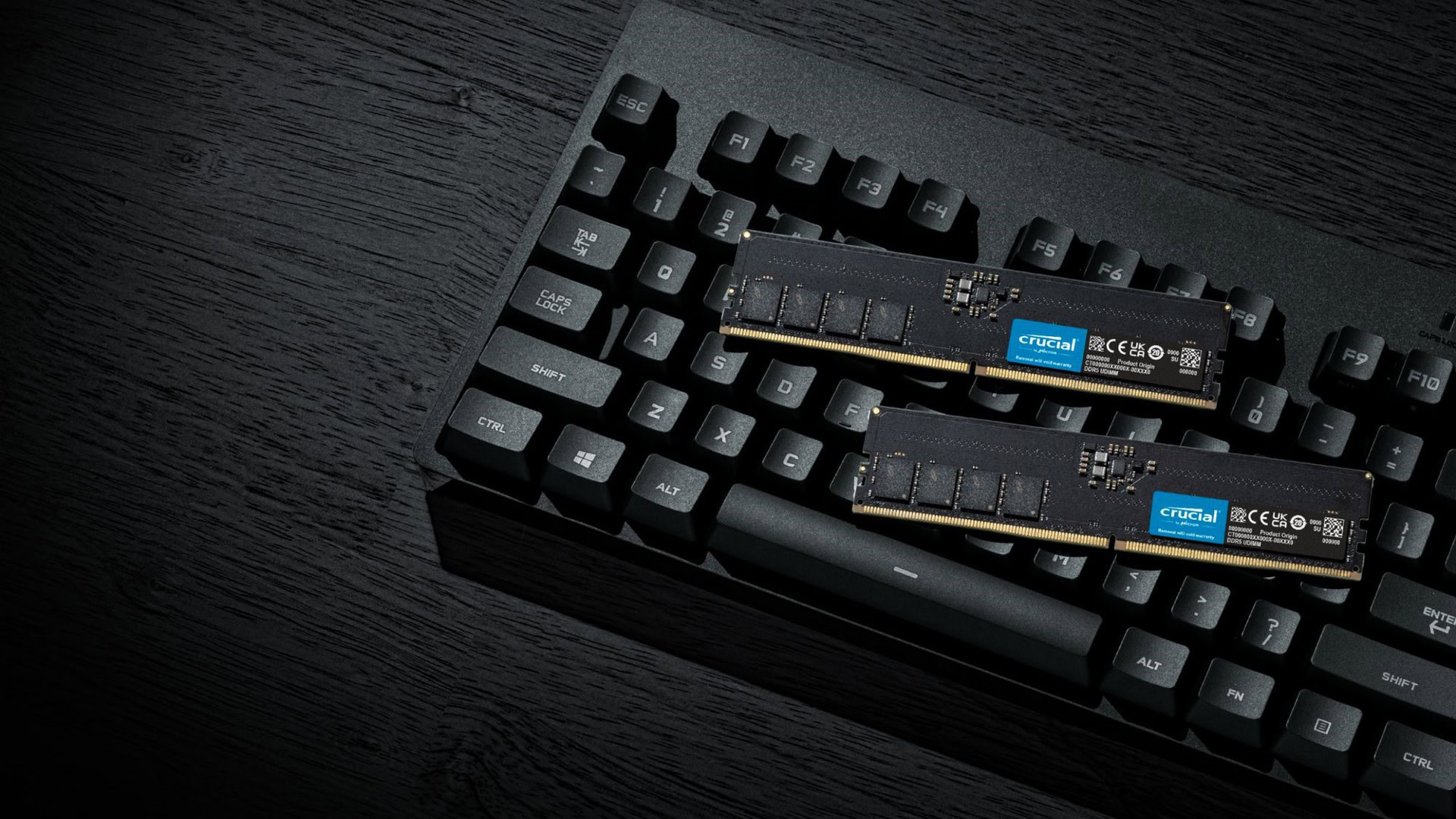
The most important thing you need to know about RAM (short for Random Access Memory) is that it’s volatile memory. This means that anything stored on the RAM is permanently erased when your computer shuts down or restarts. In that vein, having more RAM installed doesn’t allow you to store more photos, videos, or apps. Instead, it simply allows you to open more of those simultaneously.
If you’re wondering why we use different types of memory for temporary and permanent storage, it’s because RAM is designed to be extremely fast and responsive. A computer’s CPU, or central processing unit, has direct access to RAM, and can communicate with it instantly — within nanoseconds. That directly translates to fast and responsive apps and multitasking experiences.
You need fast and plentiful RAM for a smooth multi-tasking experience.
RAM is also optimized for random access, which essentially means that data doesn’t have to be read from start to finish, or sequentially. The CPU can fetch whatever it needs directly, saving precious time. Switching between multiple programs would take far longer if the CPU had to retrieve data from a disk, for example, because the latter is optimized for sequential instead of random access.
What happens when you run out of RAM?
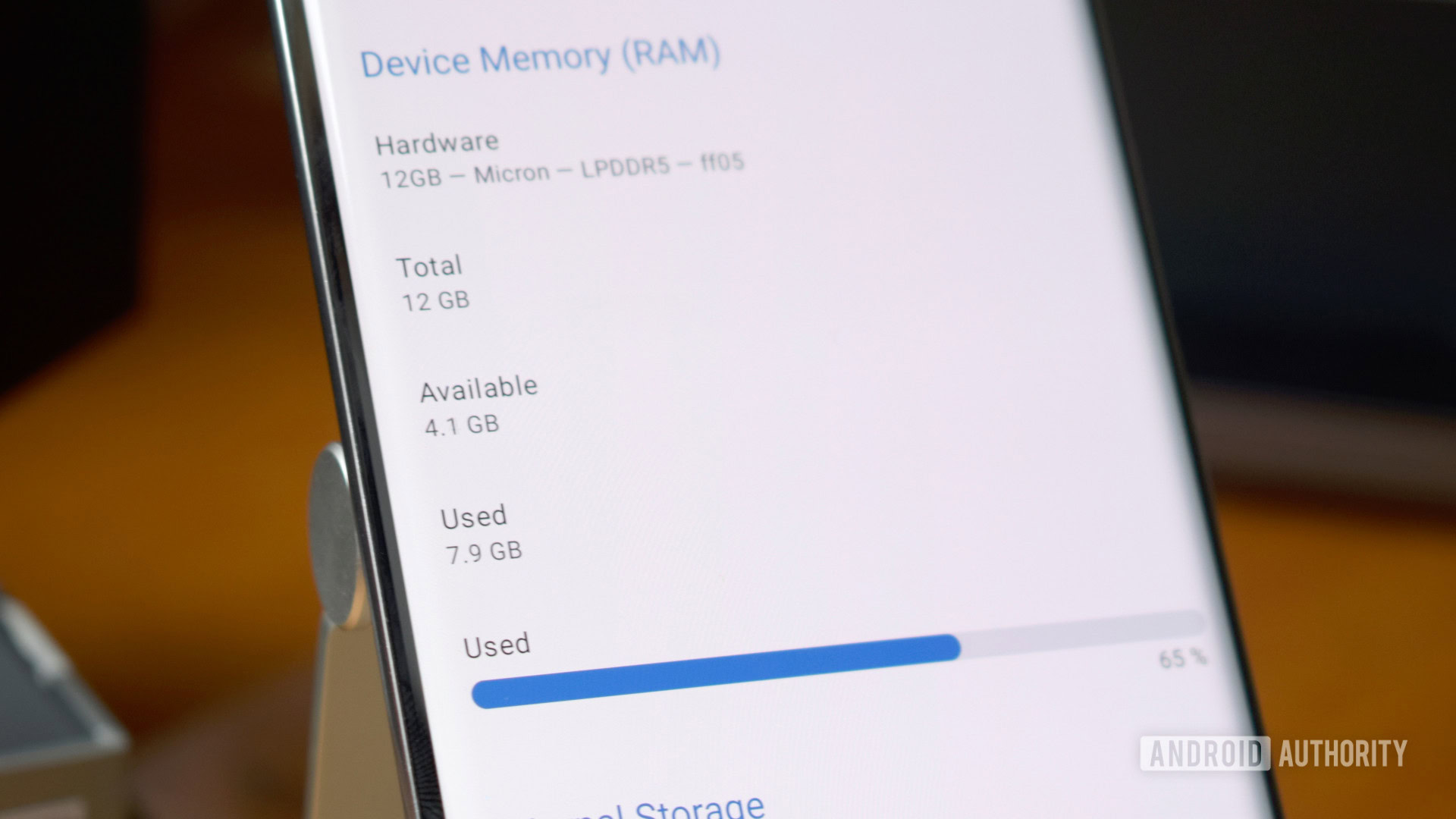
If you open too many files or programs simultaneously, you could potentially run out of RAM. This is because RAM is a limited and expensive resource. A 16GB RAM module, for example, costs about the same as a 1TB hard disk or 512GB SSD. To that end, most devices these days come with anywhere from 4GB to 16GB of RAM. That might not sound like a lot, but it wasn’t uncommon for computers to have just 16MB to 32MB of RAM a couple of decades ago.
Running out of RAM can lead to system slowdowns and app closures.
Thankfully, modern operating systems can handle running out of RAM somewhat gracefully. When you’re close to running out, your computer will either try to compress existing data, eject programs you haven’t used recently, or swap some portion of the RAM to disk. In all three instances, though, you’ll likely experience some slowdown as the CPU scrambles to free up resources for future tasks.
Continue reading: How much RAM does your Android phone really need in 2022?
The solution to running out of RAM? Well, you can install additional modules if your system has the space for them. Full-sized desktop computers are extremely modular and almost always offer an upgrade path. However, the same cannot be said for more compact devices, such as smartphones, as we’ll discuss in the next section.
What does RAM look like?
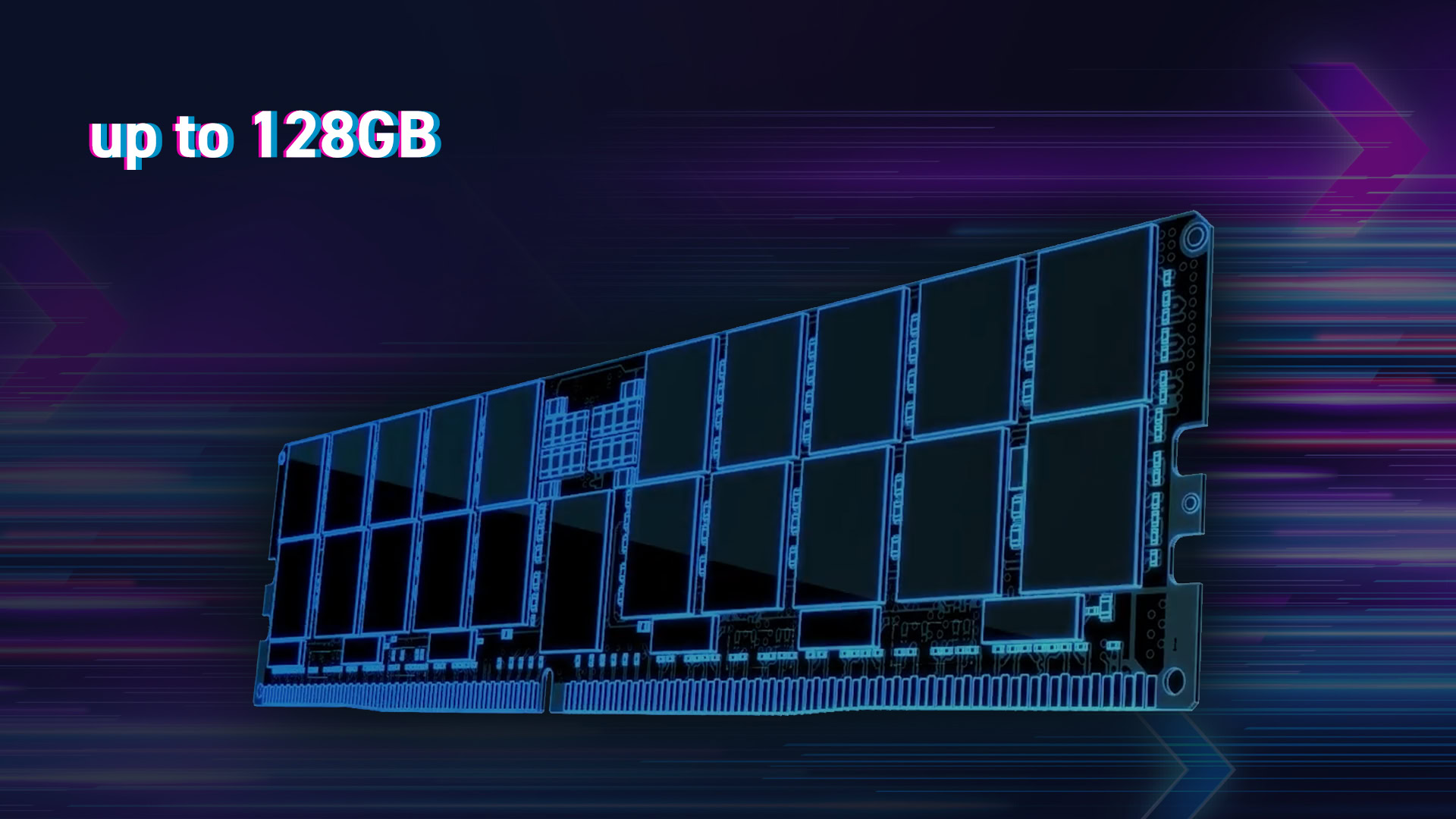
RAM comes in a variety of form factors and sizes. The most common types include DIMM, or dual inline memory module, and SO-DIMM, which stands for Small Outline DIMM. These are standalone modules that can be slotted into computer and laptop motherboards respectively. In either form factor, a RAM stick has pins on the bottom (pictured above) that allow it to communicate with the motherboard.
In smaller devices like smartphones and compact laptops, RAM is soldered directly to the device’s main circuit board (pictured below). While this does improve manufacturing efficiency and often helps companies build thinner designs, soldered RAM is also impossible to upgrade or replace. If you need more RAM, your only option is to buy an upgraded model in the first place.
RAM comes in a variety of form factors, including discrete modules for PCs and soldered chips for smartphones.
Besides physical shape and size, you may have also heard of DDR4 and DDR5 RAM, especially in the context of computers and laptops. DDR stands for Double Data Rate, and signifies faster data transfer rates compared to older SDR or Single Data Rate RAM. In technical terms, DDR RAM is capable of transferring twice as much data in a single clock cycle, transferring data on both the rising and falling side of a cycle. The number at the end, meanwhile, signifies the RAM’s generation.
Newer RAM generations typically offer higher bandwidth, more stability at lower power levels, and a bump in total possible capacity. The jump from DDR4 to DDR5, for example, brought a theoretical 50% increase in memory bandwidth, more precise power management characteristics, and error-correction capabilities.
Continue reading: What is DDR5? The new PC memory standard
Common RAM-related terms you should know
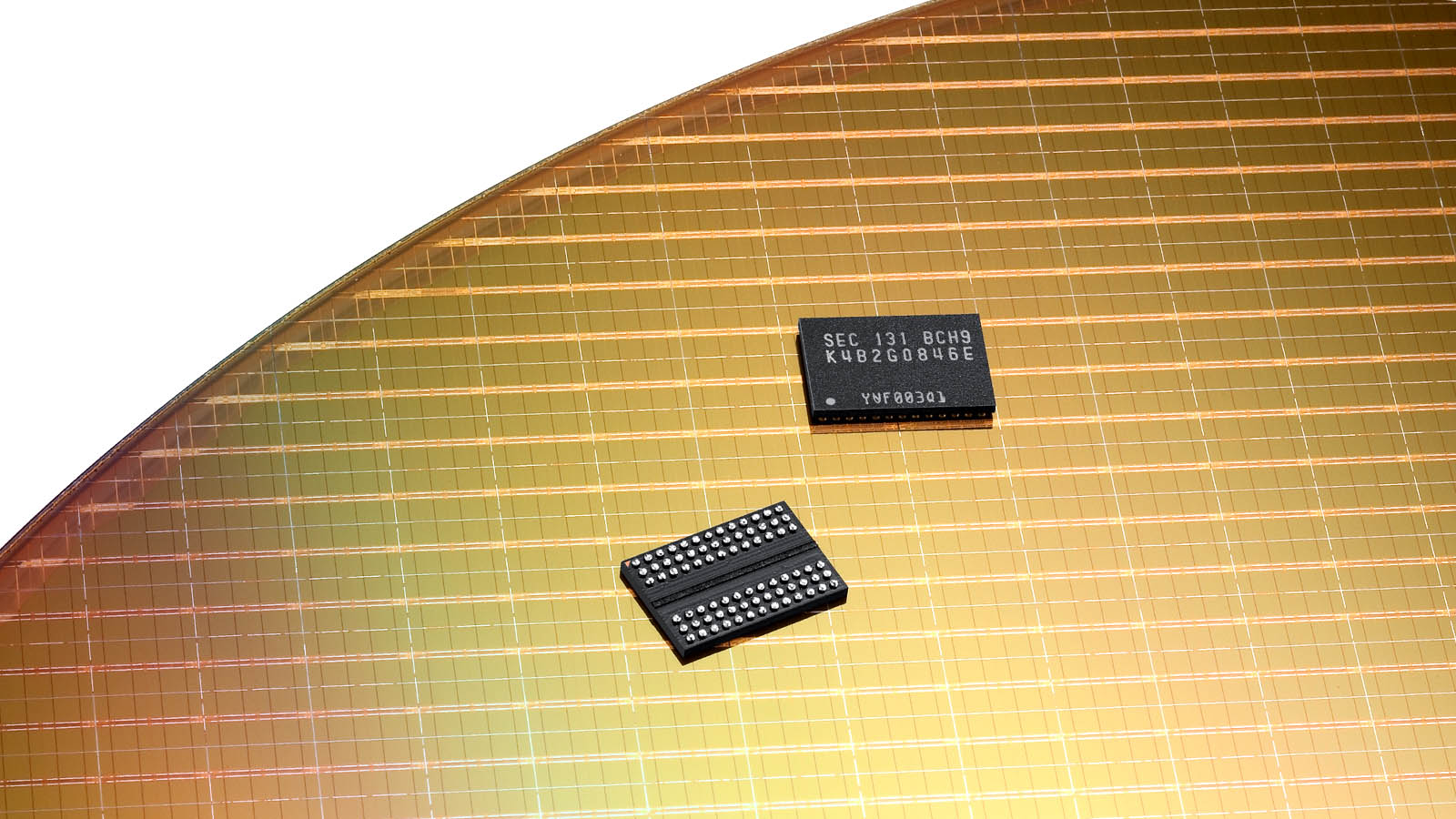
LPDDR: LP is short for low-power. Modern smartphones, smartwatches, and tablets all utilize LPDDR5 memory instead of a standard DDR variant to keep power consumption as low as possible. However, bandwidth is sacrificed in the process.
GDDR: GDDR, or Graphics DDR, is a variant of standard DDR RAM. As the name implies, it’s primarily used alongside graphics processing units, or GPUs. GDDR typically has more bandwidth than conventional DDR RAM, allowing for faster data transfer rates at the expense of latency. CPUs, on the other hand, require lower latency memory.
QDR: QDR refers to Quad Data Rate memory. Only a small number of specialized RAM implementations operate in QDR mode today, including GDDR6.
Transfers per second (T/s): The speed of a particular RAM module depends on its transfer rate — or how much data can be read to and from it each second. For DDR RAM, the transfer rate is twice its base frequency. A stick of DDR4 operating at a base frequency of 1,600MHz, for example, has an effective speed of 3,200 MT/s. However, RAM manufacturers have always quoted DDR RAM speed in “effective MHz”. For example, you may find a 3,200 MT/s DDR4 kit quoted as 3,200MHz. While some argue that MT/s is a more accurate unit of transfer rate, most still refer to RAM speeds in MHz.
Phones use LPDDR, DDR is found in desktops, and graphics cards use GDDR memory variations.
Memory timings: Memory timings, or RAM latency, measure how long it takes for a CPU to access data from RAM. Naturally, lower access times allow RAM operations to be completed faster and are, therefore, more desirable. Memory timings are often represented in a series of numbers like 16-20-20-38. In less-demanding applications, however, latency doesn’t have an appreciable impact on your computer’s performance.
Dual or quad-channel memory: Most modern computers offer support for additional memory channels. In a nutshell, operating in dual or quad-channel mode allows the CPU’s memory controller to exchange data with two or more sticks of RAM simultaneously. This increases the overall bandwidth and allows for faster communication — especially critical for some CPUs with integrated graphics processors, as the latter also uses system RAM.
XMP: XMP, or Extreme Memory Profile, is a motherboard feature that allows you to switch memory settings, typically to a higher advertised frequency, voltage level, and timings. A kit of DDR4-3200 RAM, for example, will operate at 2,133MHz (MT/s) until you enable XMP in your motherboard’s BIOS menu. It’s worth noting that XMP is an Intel-specific feature, while AMD calls its corresponding technology DOCP, or Direct Over Clock Profile.
How much RAM do you need in your smartphone or PC?
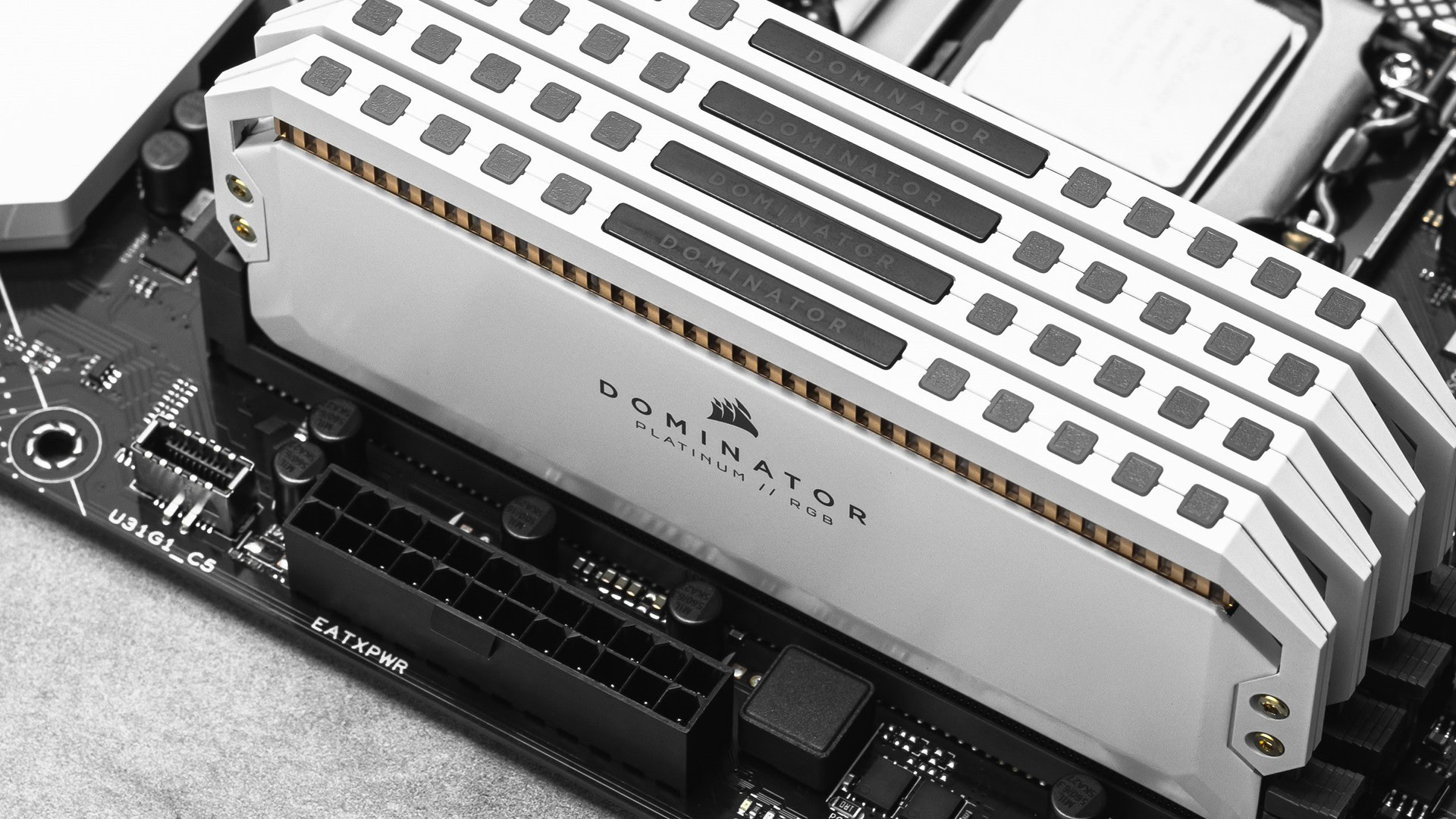
The amount of RAM you need depends on your use-case for that particular device as well as the operating system. It used to be the case that smartphones required a lot less RAM than PCs, but these lines are increasingly blurred.
If you ever find your device slowing down under the load of multiple open apps or browser tabs, you’ve likely come close to using up all of your RAM. It doesn’t matter if the rest of your machine is state of the art — insufficient memory can bottleneck its capabilities. Thankfully, you can replace (or add) RAM modules on desktop computers and some laptops. However, that isn’t an option for tablets and smartphones.
Ideally, Android phones should have at least 6GB of RAM. However, serious mobile gamers may want 12GB.
A good rule of thumb is to ensure that your Android smartphone has at least 6GB of RAM. If you multitask a lot and perform intensive tasks like video editing, though, you might get some benefit from moving up to 8GB or even 12GB. A handful of smartphones, including ASUS’ gaming-focused ROG Phone lineup, offer up to 16GB, but we’re some ways off from it becoming commonplace in most smartphones.
For tablets, laptops, and the rest, the answer to how much RAM you need can get a bit more complicated. This is because usage varies between different operating systems. You’ll want a minimum of 8GB on Windows 11, for example, while budget Chromebooks and Android tablets can still be usable with 4GB or 6GB — we still wouldn’t recommend that little, though.
All in all, you can’t go wrong with more RAM, especially if you engage in video editing, gaming, or heavy web browsing. Personally, 16GB is a good baseline for my primary workstation, while 8GB is perfectly serviceable on a lighter use device like an Android tablet or Chromebook. Professionals that edit high-resolution videos or develop apps for a living will need much more RAM — think 32GB to 64GB, or even more.
Beyond capacity: Which specs to look for
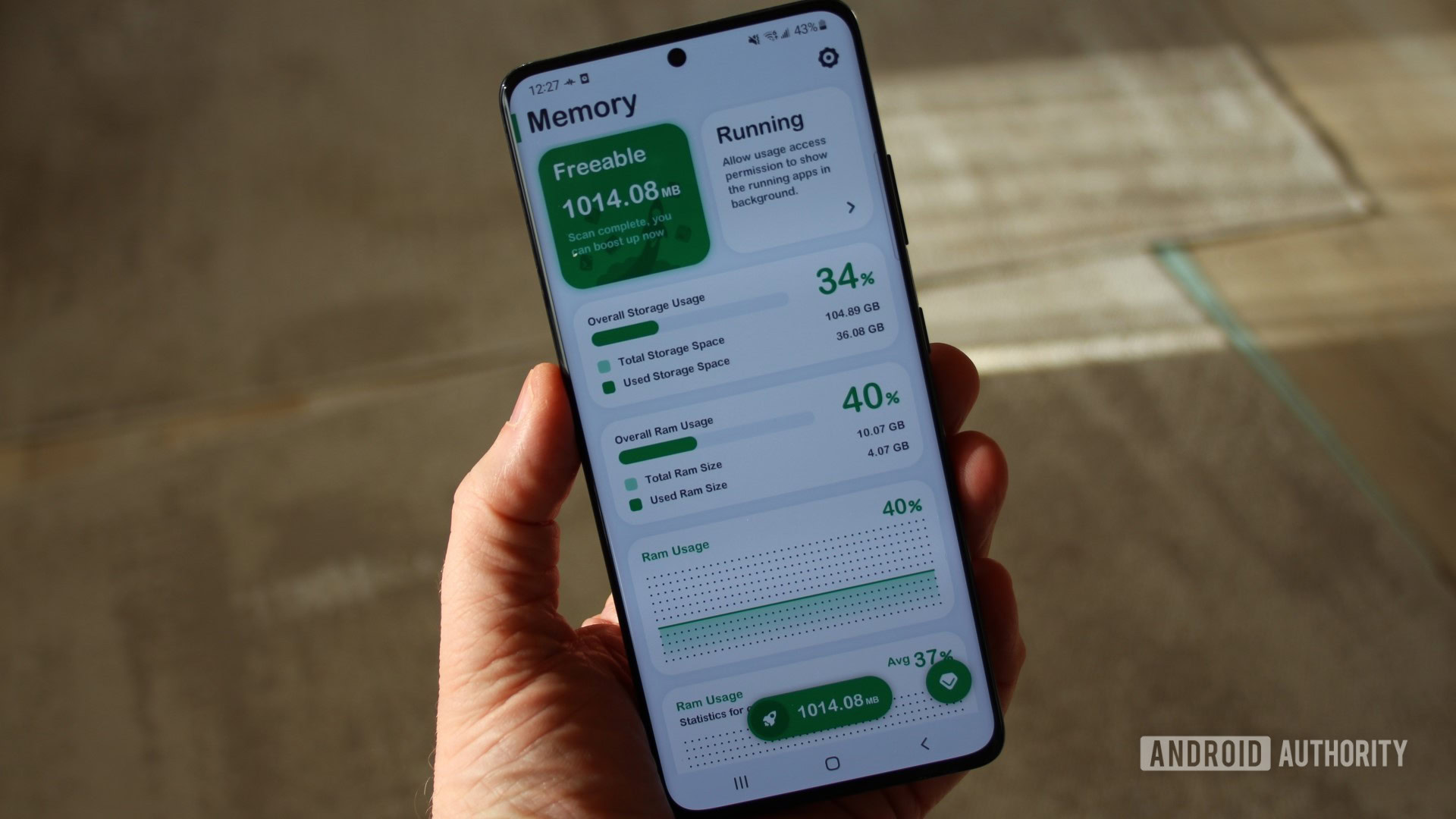
Besides capacity, RAM performance is also often measured in terms of frequency, or the number of cycles per second. In a nutshell, this is how quickly data can be transferred to and from memory. Certain applications, including gaming and scientific simulations, can benefit immensely from higher frequencies. Conversely, lighter workloads on smartphones and tablets will likely see no material advantage to faster clock speeds. In fact, most manufacturers don’t even list memory frequency in their device’s spec sheets.
In PCs and laptops, though, memory frequency can make a big difference — especially for professional workflows. Moreover, certain CPUs benefit more from faster memory than others. AMD’s Ryzen lineup of CPUs, for instance, benefits immensely from higher bandwidth RAM as it can speed up communication between the CPU’s core clusters — at least to a certain point. Similarly, integrated graphics in certain CPUs tend to perform better with more memory bandwidth available.
Given these advantages then, it’s not surprising that you can find PC memory in various configurations. But which one should you choose? Again, the answer depends purely on your use case. For office tasks and web browsing, RAM capacity matters much more than frequency. On the other hand, gaming often needs as much bandwidth as it can get.
In less-demanding applications, capacity matters more than frequency or bandwidth.
If you’re looking for the best price-to-performance ratio, the general consensus for DDR4 memory hovers around 3,200MHz (MT/s). And while memory configurations above 4,000MHz do exist, they offer diminishing returns and cost a great deal more. Don’t forget to buy a kit of two RAM sticks (DIMMs) instead of one. Dual-channel mode offers higher bandwidth at virtually no extra cost.
Hardware enthusiasts will also often pay close attention to a memory kit’s latency. While the benefits are only perceptible in the real world for certain applications, gaming can greatly benefit from lower access times. Once again, though, the extent to which memory timings matter varies depends on the CPU in question.